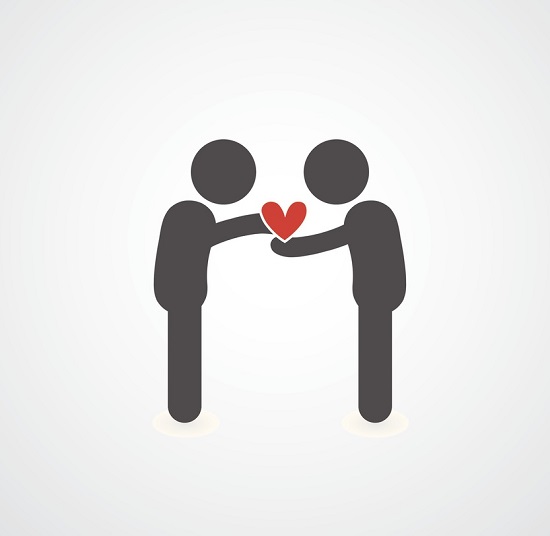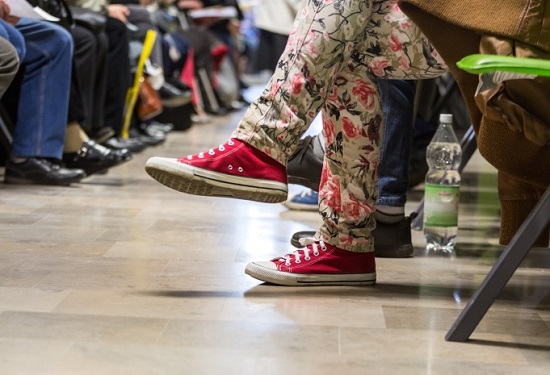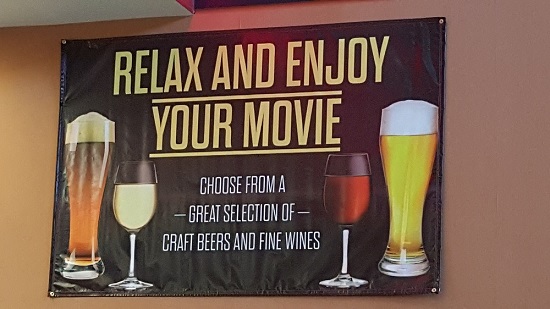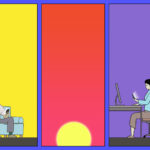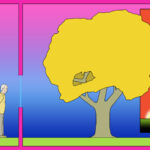I seek ways to do better by myself and others in ways that feel rich and meaningful. At 58, with probably more than half of my life over, I would like to use what’s left of my mind, heart and body to give less time to trial-and-error discoveries, and more time to ways that research reports are likely to work well.
Research experiments are literal trial-and-error attempts to draw conclusions about what’s true most of the time. When the research is about people, the results report what’s true for most people most of the time, more than something else, and more than nothing at all.
Given the complexity of each individual – a veritable universe unto each self – the evidence from research can’t speak to what works for all individuals all of the time. But it’s simple economics to go with what science says is more likely to be effective, rather than bank on the chance my individual case might be the exception to the research results.
Here’s more about my thinking. Given a finite resource – the length of time I have left in my life – I did a cost-benefit analysis of continuing to do things as I have (likely to produce the same results, many of which have been disappointing), or to try something different as suggested by research. Then I did an opportunity cost analysis. I considered opening one door, all the while knowing I don’t get to open the other doors.
Shall I continue to choose what I have chosen in the past? If not, on what basis will I make a different choice? Whim?! Tempting in its wild freedom! But so pricey if the results of my choice cause harm. Research? Not whimsical or sexy, at least in the short-term. But I increase the likelihood that I achieve my intended objective: to do well by myself and others.
That’s why I study the research literature on love. Single at 58, with two marriages ended, I’m not shy about acknowledging I need to do things differently.
“Success” in relationships tends to be measured by researchers in terms of “relationship satisfaction.” Components of relationship satisfaction include “measures of love, sexual attitudes, self-disclosure, commitment, and investment in a relationship.”
Those are vague terms. Let me see if I can elaborate.
Based on my studies, paired with my professional training and experience, and adding my personal anecdotal data, I’ve attempted to derive a reasonable plan for applying what research reports might result in good lovin’ during our last years.
Read the groan-inducing article on the difference between love and “limerence” by David Sacks. If you can still find the wherewithal to even consider going on a date again, even for coffee, keep reading.
Read Love Cycles: The Five Essential Stages of Lasting Love. Linda Carroll’s observations, supported by neuroscience research, aptly described the spirals, then crash landings, of my own marriages and relationships with partners. As a result of her straightforward recommendations, I felt gently informed, respectfully challenged, and newly capable of adult loving.
Read Naked at Our Age, or one of Joan Price’s other books about sexuality for mature lovers. (You know why.)
On the first date, follow Alain de Botton‘s suggestion and take turns asking and answering, “And how are you crazy?”
On the second date, try the first of The 36 Questions That Lead to Love.
Co-create an imaginary conflict that might come up within the relationship and talk through it. Perhaps the topic is a potential mismatch noted in the reports on craziness, or a feared future difficulty from a past relationship.
According to relationship researcher John Gottman, relationships high in satisfaction provide safe havens for each individual and for the relationship. Life happens, however, disagreements occur, and keeping relationships safe requires conscious effort. In “The Science of Togetherness,” Gottman writes, “Based on carefully observing couples and coding their responses, we’ve found that the key requirements for a safe haven are: (1) physiological calm, which is built by physiologically self-soothing and soothing one’s partner; (2) trust, which is built by attunement; and (3) commitment, which is built by cherishing (positive comps) and by turning toward bids for emotional connection.” (“Positive comps” are favorable comparisons of one’s partner to other potential partners.)
That means that I can calm myself, contribute to you calming yourself, trust that you and I are both trying to sync how we’re being with each other, consciously prefer you to other partners, and respond to attempts to connect rather than ignore or reject them. And you do the same.
Co-create a “fake news” event that both would find stressful and talk through how you would cope as a couple. Couples who cope together stay together.
The idea is to do an imaginary walk-through of the potential “safe haven” and see how it might withstand the winds of both internal and external stressors.
Read and talk about Mark and Mandy’s signed relationship contract. Become aware of feelings of ambivalence about freedom vs. belonging. Talk through the pros and cons of individuality vs. conformity. Talk about the possibility of the in-between, the I-Thou in which intimacy happens and synergy can occur. I have felt it enough times and seen it more: two individuals can truly, together, be more than the sum of their parts.
I learned that Cinderella and The Handsome Prince, Barbie and Ken, all lived happily ever after. I didn’t realize that the pumpkin carriage wheel broke a spoke and the toilet clogged in the Dream House. I thought problems didn’t happen or magically repaired themselves. I know now that the magic is in being turned towards each other while doing what needs to be done, handling what happens, and co-creating chances for contentment, intimacy, and joy.
At 58, I realize I’m looking less for a handsome prince than a savvy pumpkin carriage wrangler. He rides up to my 1944 cottage driving an obscenely fast pumpkin and waves a toilet plunger. I feel a shimmer of limerence. I laugh. He laughs. Then he says, “Babe, I read what you wrote about how you’re crazy. Can you summarize that for me?”
And I say, “Ooh, baby, that’s attunement!” Then neuroscience happens and I literally lose my mind. My prefrontal cortex is flooded with feeling and all I can remember about love is what I read in Joan Price’s book.
And he says, “Say, I saw your post on love. Are those your pumpkins in that photo?” I giggle. And he and I – we – laugh together.
